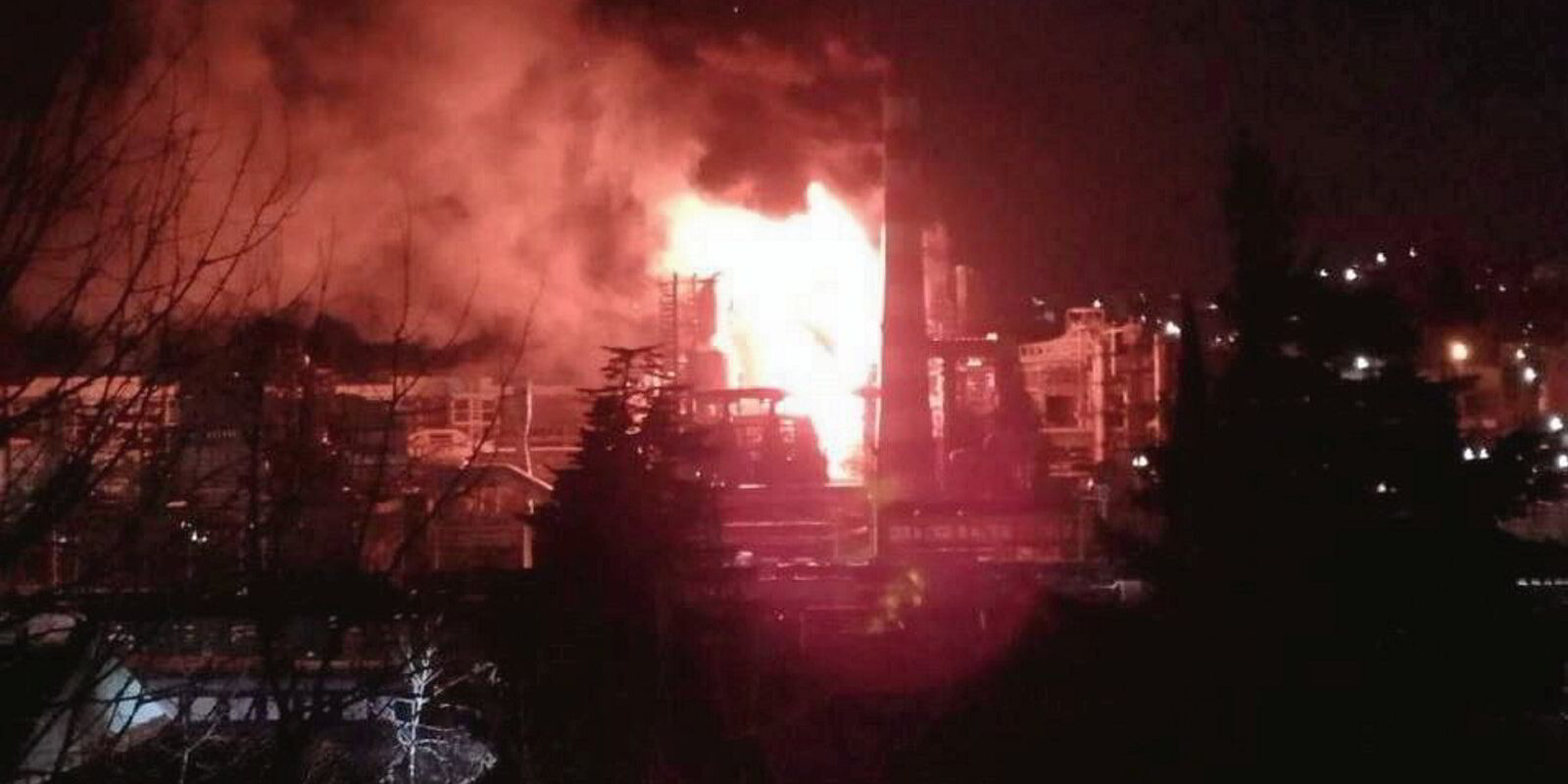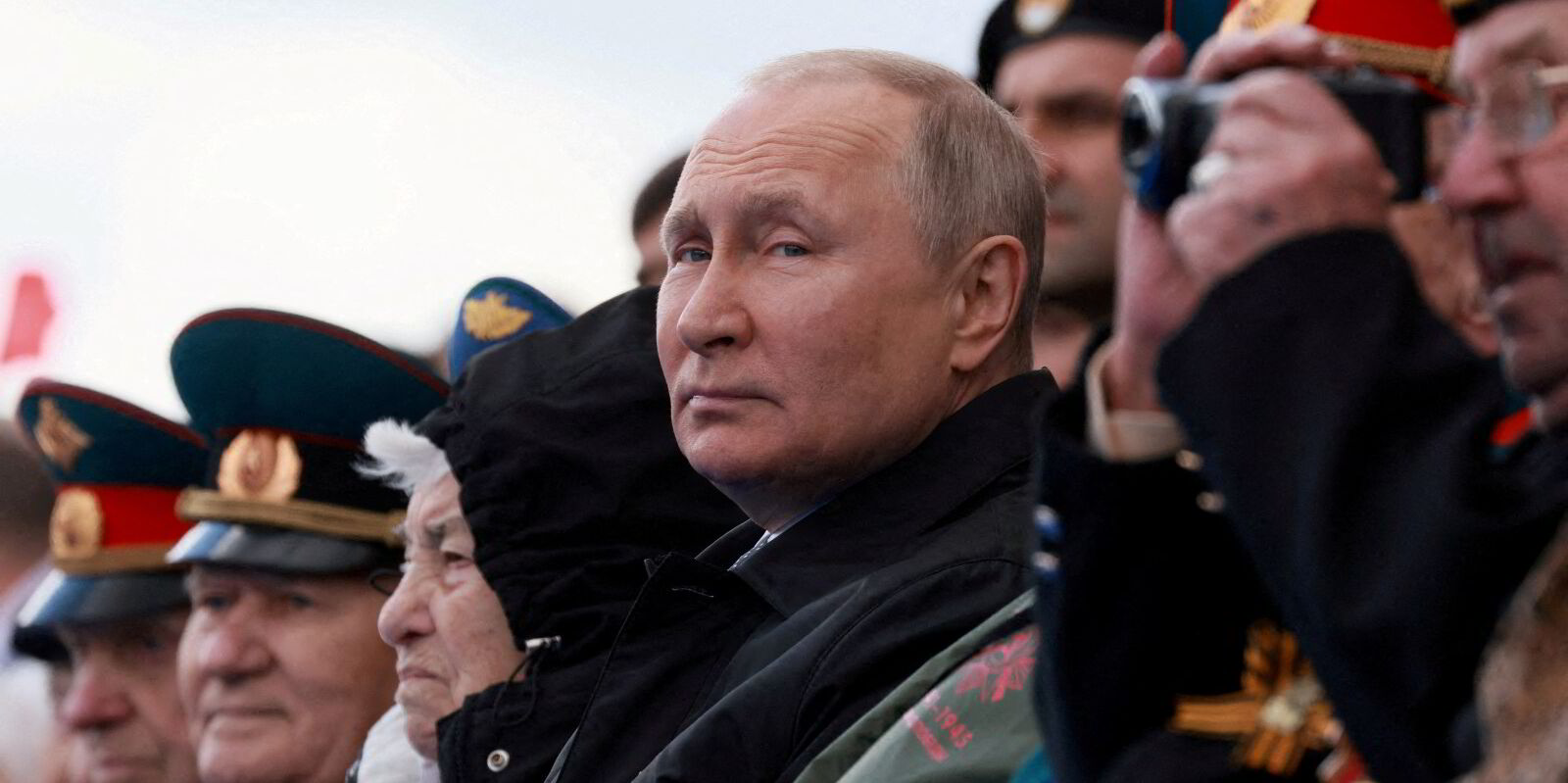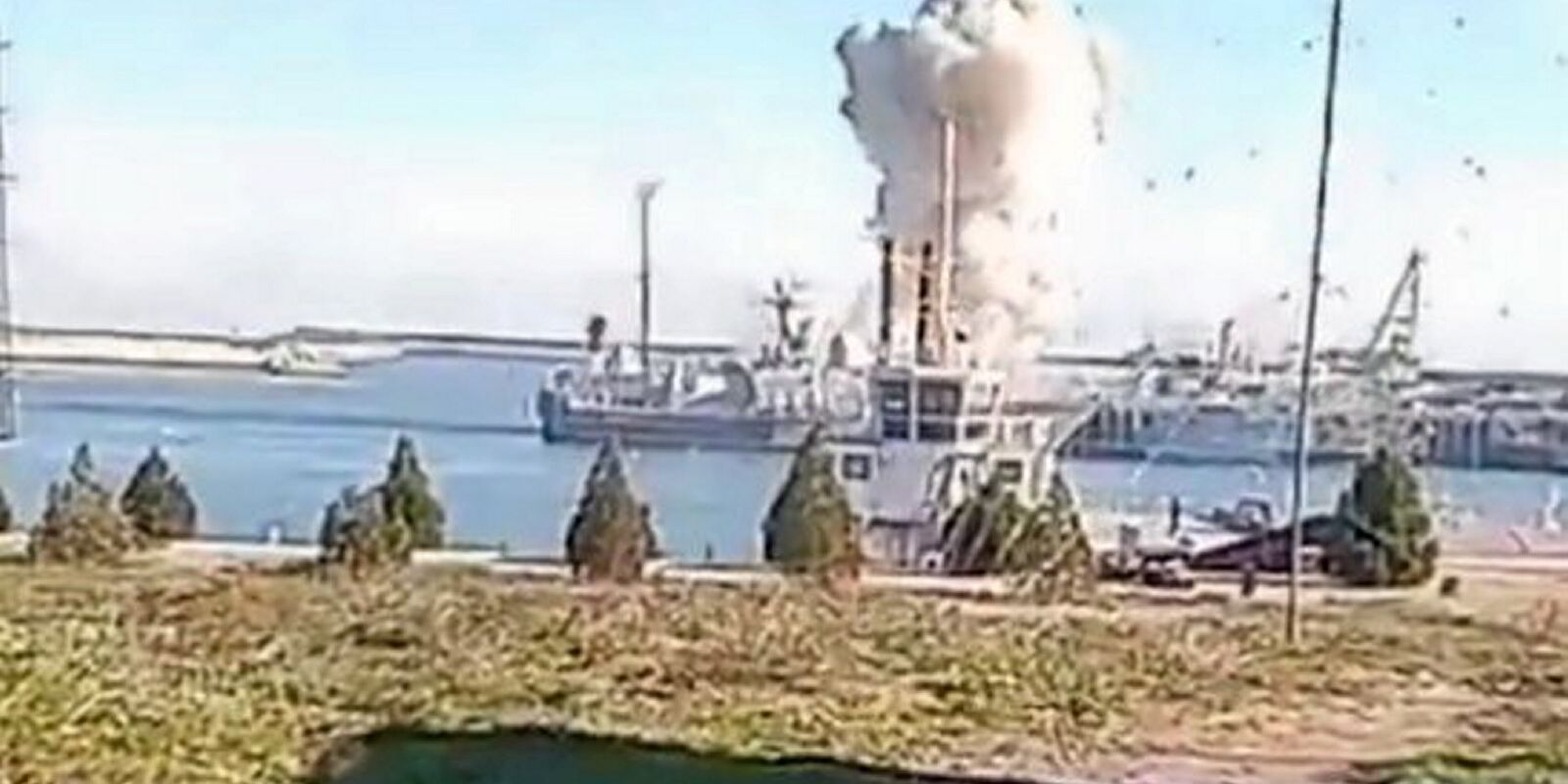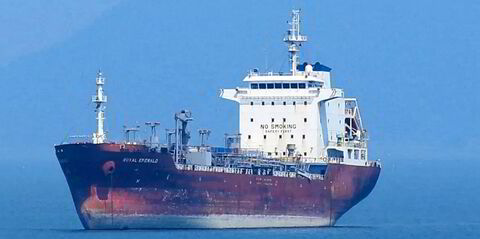The shadow fleet of Russian trading tankers may be carrying fewer product exports next year amid potential refinery closures.
Reuters cited multiple industry sources as saying at least three Russian oil facilities have already cut or halted production.
“We expect that the actual closures may take place at the beginning of next year,” one source said.
Losses have mounted due to export restrictions, rising crude prices and high borrowing costs, Reuters was told.
Refineries at Tuapse, Ilsky and Novoshakhtinsk were also targeted by Ukrainian drones earlier this year.
TradeWinds reported an attack started a fire at the Rosneft-owned Tuapse plant on the Black Sea coast in July.
The key refinery close to Ukrainian territory and just 240 km from occupied Crimea was also attacked in February 2023, prompting authorities to improve air defences in the area.
Rosneft was forced to repeatedly suspend operations there earlier this year as profit dwindled, the sources said.
The Ilsky and Novoshakhtinsk refineries in southern Russia have been operating at half capacity for months, processing about 70,000 and 60,000 barrels per day, respectively.
Rosneft and the individual refineries have not commented.
Russia has about 30 large and medium plants processing 5.5m bpd. It exports about 2m bpd of oil products.
Last week, S&P Global Commodity Insights said Russia’s seaborne crude and product exports have increased by around 5%, reaching 6.3m bpd, since the start of 2022, the year of its invasion of Ukraine.
The proportion of exports carried on ships operating outside the G7 price cap reached an all-time high of 83.8% in September.
India was the top destination for shadow tanker shipments so far this year, taking 58%. China was on 15%.





